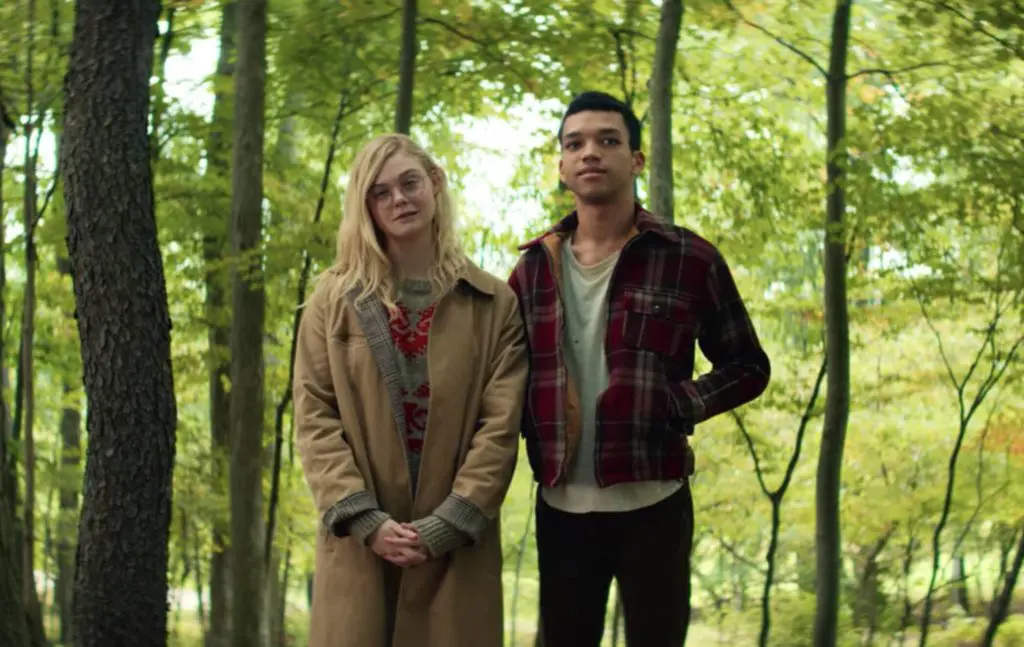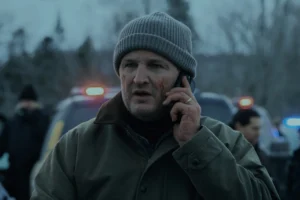Summary
Netflix film All the Bright Places, adapted from the novel, is a good representation of mental health issues that sags a little in its own depression.
Netflix film All the Bright Places will be released on the platform on February 27, 2020. The film stars Elle Fanning (Aurora in Maleficent: Mistress of Evil) and Justice Smith (Pokémon Detective Pikachu).
After the recent #BeKind hashtag, Netflix has released All the Bright Places at the opportune time. In the burning opening seconds, the audience are introduced to Violet Markey, standing on the railings of a high bridge, peering into the abyss — the depression reeks in the air, and then a wandering and curious Theodore Finch jogs by and merely asks what she is doing and joins her by standing on the railings himself. The first scene in the film is the most important; it’s the small moments that make the biggest difference when someone finds themselves in the darkest place.
All the Bright Places is heavily based on the hopeless romantics but what lies beneath are emotional and physical scars of the past. Violet and Theodore are products of their history, defining their young lives, unable to become accustomed to the social norms and the ideologies of what it means to be a teenager. The Netflix film has a sad undertone to it throughout, where even moments of igniting love cannot derail the central issue.
You see, All the Bright Places positions itself as “boy meets girl” but with Theodore desperate to help Violet and push her to face the demons within. Everything is about “seizing the day” and enjoying the simpler things in life. Theodore narrates by overplayed action, making the smallest places in life feel all-consuming and worthwhile — both characters task each other to visit different areas of their town. It’s a story where a character unconditionally tries to pull someone out from the dark and into the light.
But All the Bright Places also has that The Fault in Our Stars thing, where you sense from the offset that Theodore has his own issues to deal with. We often view depression as something that is evidently on the surface and transparent, like a gloomy fog heading your way, but Theodore exemplifies that mental health problems are not necessarily easy to detect or simplify. Sometimes, they are woefully complex and puzzling. The Netflix film demonstrates the importance of tackling mental health with a reasonable approach.
All the Bright Places is far from perfect as it is saddled with its own depressive nature. A film that runs for one hour and forty-eight minutes that views a girl finding hope from a boy can become cumbersome at times. I have no doubt that Jennifer Niven’s novel has a purpose with its words, but the film derails its own concept with some long and overblown scenes. I guess with this type of story, the director’s objective was to get the author’s objectives across.
But overall, with good performances and patient directing from Brett Haley, Netflix film All the Bright Places is worth the watch.
Please see the note below from the ending credits of the film:
The film is dedicated to those who have been impacted by mental health concerns, suicide, or grief.
If you’re struggling or know someone who is, you can find more resources at allthebrightplacesfilm.info




